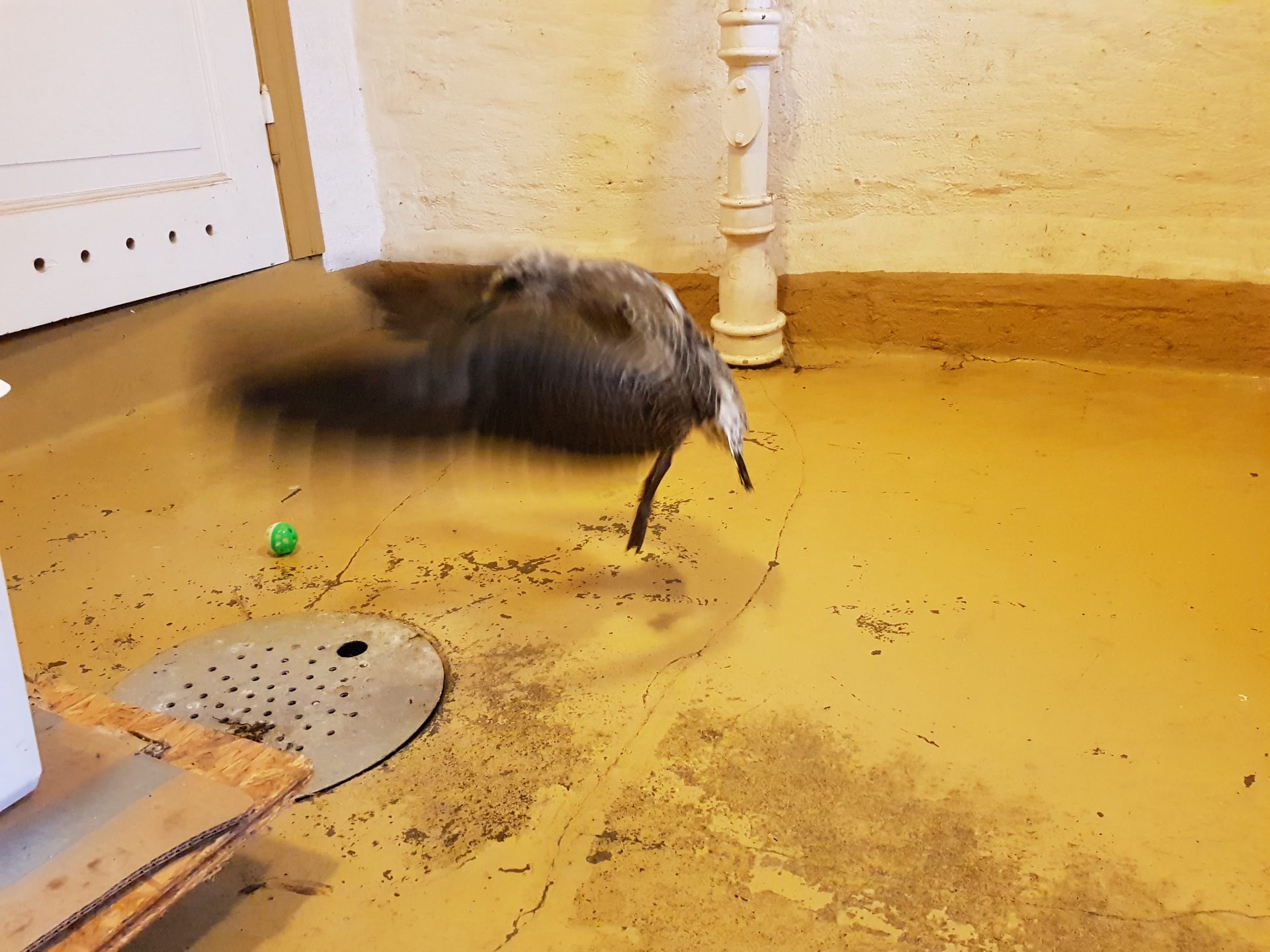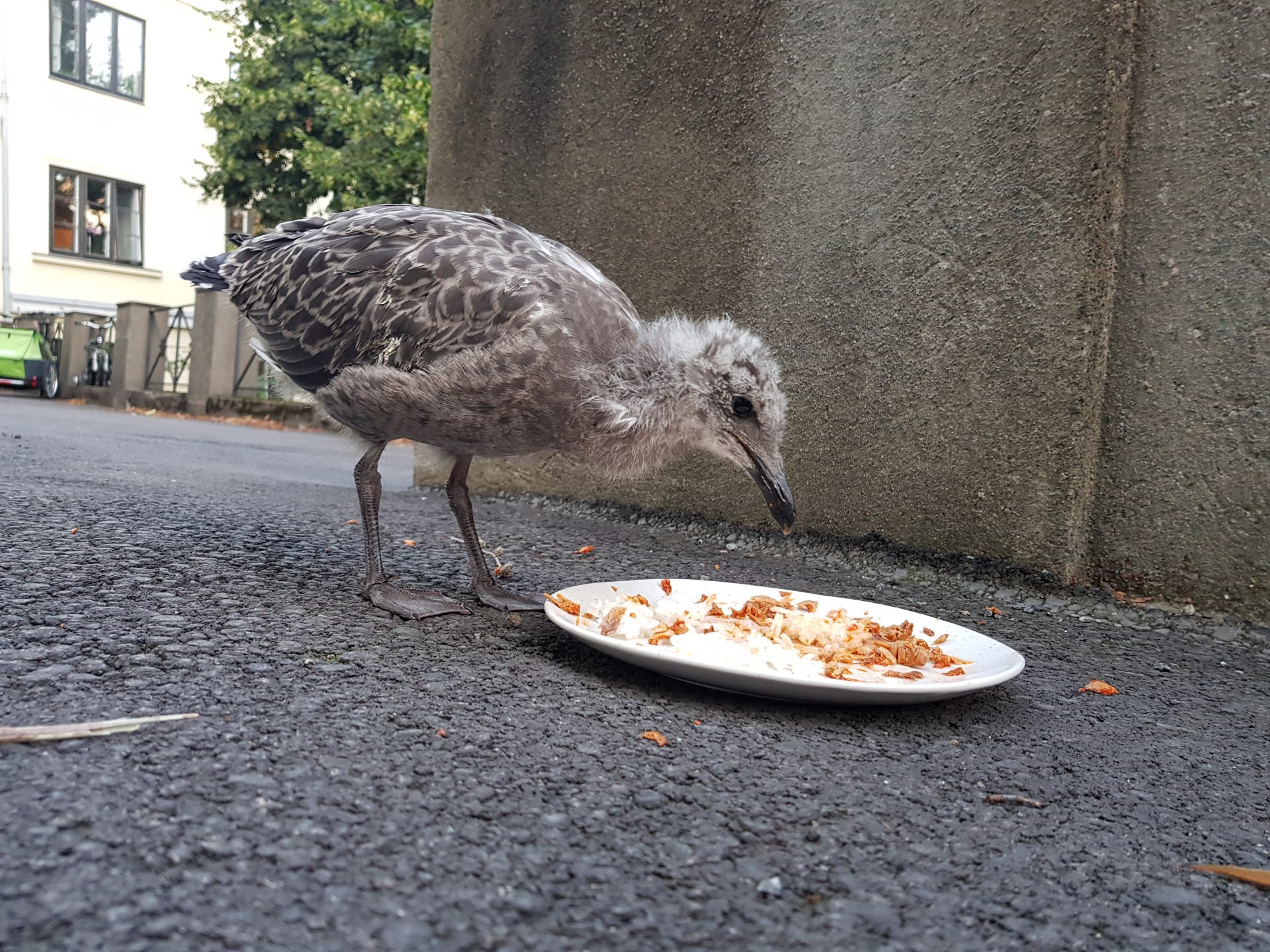-
An update on Otto the seagull

It doesn’t seem that long ago since I took in a baby seagull and started to feed it every day. Three times a day. And mop the basement floor twice daily. Taking in the baby bird, which my wife named Otto, required a good amount of dedication to ensure the basement didn’t smell like a…
-
I own a seagull.

This weekend, Ine looked out the apartment window to see the neighbour’s cat harassing a baby seagull – chasing it up and down the path, backing it into a corner. It looked terrified. I went out and shooed away the cat and the bird ran out to the front of the house and into the…